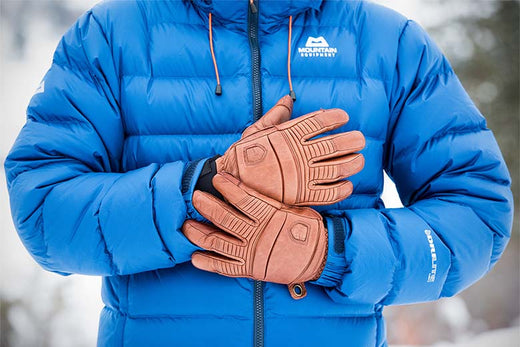
Winter Leather Care: Expert Tips to Protect and Preserve Your Leather in Cold Weather
Share
Expert Tips to Protect and Preserve Your Leather in Cold Weather
Leather is a timeless, durable material that adds sophistication and warmth to your wardrobe and home. However, as winter sets in and temperatures drop, the harsh conditions can take a toll on your leather goods. Cold weather, with its dry air, freezing temperatures, and exposure to salt and snow, can lead to cracked, faded, or worn leather if not properly cared for. But don’t worry—there are easy and effective ways to protect and preserve your leather items during the colder months. Here are expert winter leather care tips to keep your leather in prime condition throughout winter.
1. Clean Your Leather Before Winter Sets In
One of the most important winter leather care steps is regular cleaning. Before the cold weather arrives, give your leather a thorough cleaning. Dust, dirt, and grime can damage the surface over time, so gently wipe your leather with a soft cloth.
2. Moisturize Your Leather with a Quality Conditioner
Leather is a natural material that can lose moisture and become dry during winter, especially in cold, heated environments. To combat this, apply a high-quality leather conditioner. Conditioning restores moisture, prevents cracking, and keeps the leather supple. Look for conditioners that contain nourishing oils like beeswax, which create a protective barrier. Make sure to condition your leather items once a season, and more frequently if they are exposed to harsh conditions.
3. Protect Your Leather from Salt and Snow
One of the most damaging elements to leather during winter is the salt used to de-ice roads and sidewalks. Salt can stain, dry out, and weaken leather. If your leather shoes, jackets, or bags come into contact with salt, immediately wipe them down with a damp cloth to remove as much salt as possible. You can also use a water-resistant leather spray or wax that helps create a protective shield against moisture and salt. For shoes and boots, consider applying a protective coating to the seams and soles, where salt tends to accumulate.
4. Store Leather Properly in the Cold
When not in use, it’s crucial to store your leather items properly. Avoid storing them in damp, freezing, or excessively dry conditions. Leather should be kept in a cool, dry place, away from direct heat sources such as radiators or fireplaces, which can dry it out. For bags, jackets, and shoes, stuff them with tissue paper or use a shoe tree to maintain their shape. Avoid plastic bags, as they can trap moisture and lead to mildew. Instead, opt for breathable dust bags or garment bags for clothing.
5. Dry Leather Properly After Exposure to Moisture
If your leather items do get wet from snow or rain, it’s important to dry them properly. Never place leather near direct heat sources like heaters, radiators, or open flames, as rapid drying can cause the leather to crack. Instead, gently blot the leather with a soft cloth to remove excess moisture. Then, let the leather air dry at room temperature. If necessary, use a leather conditioner afterward to replenish moisture and keep the material flexible.
6. Keep Leather Gloves, Shoes and Boots in Top Condition
Winter footwear needs extra care to maintain its durability. Leather gloves, boots and shoes can become damaged from wet and salty, so make sure to clean them after each wear. Use a soft brush to remove dirt and salt, and then apply a leather conditioner. Be sure to let your shoes dry properly after use, and rotate your footwear to avoid excessive wear on one pair.
